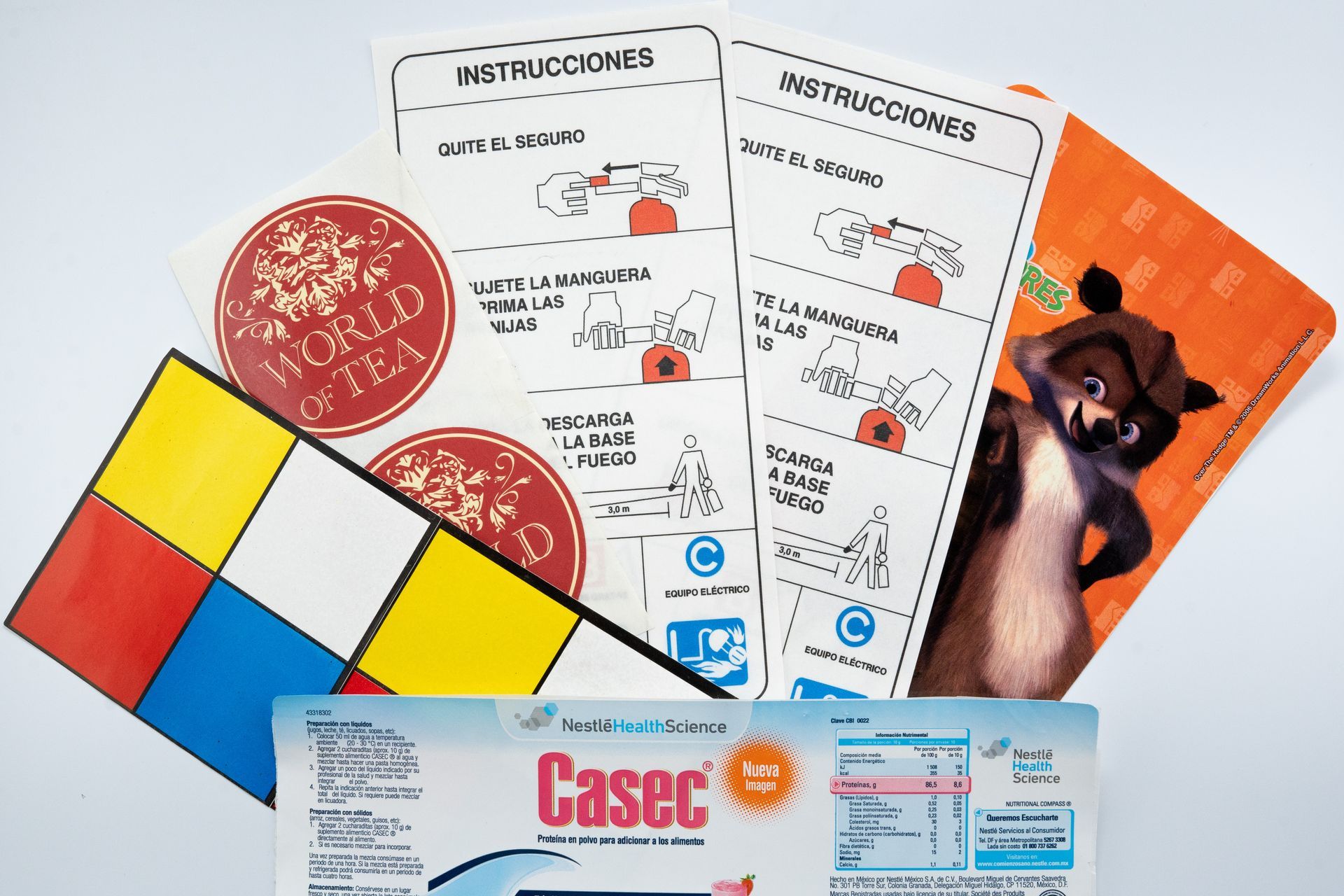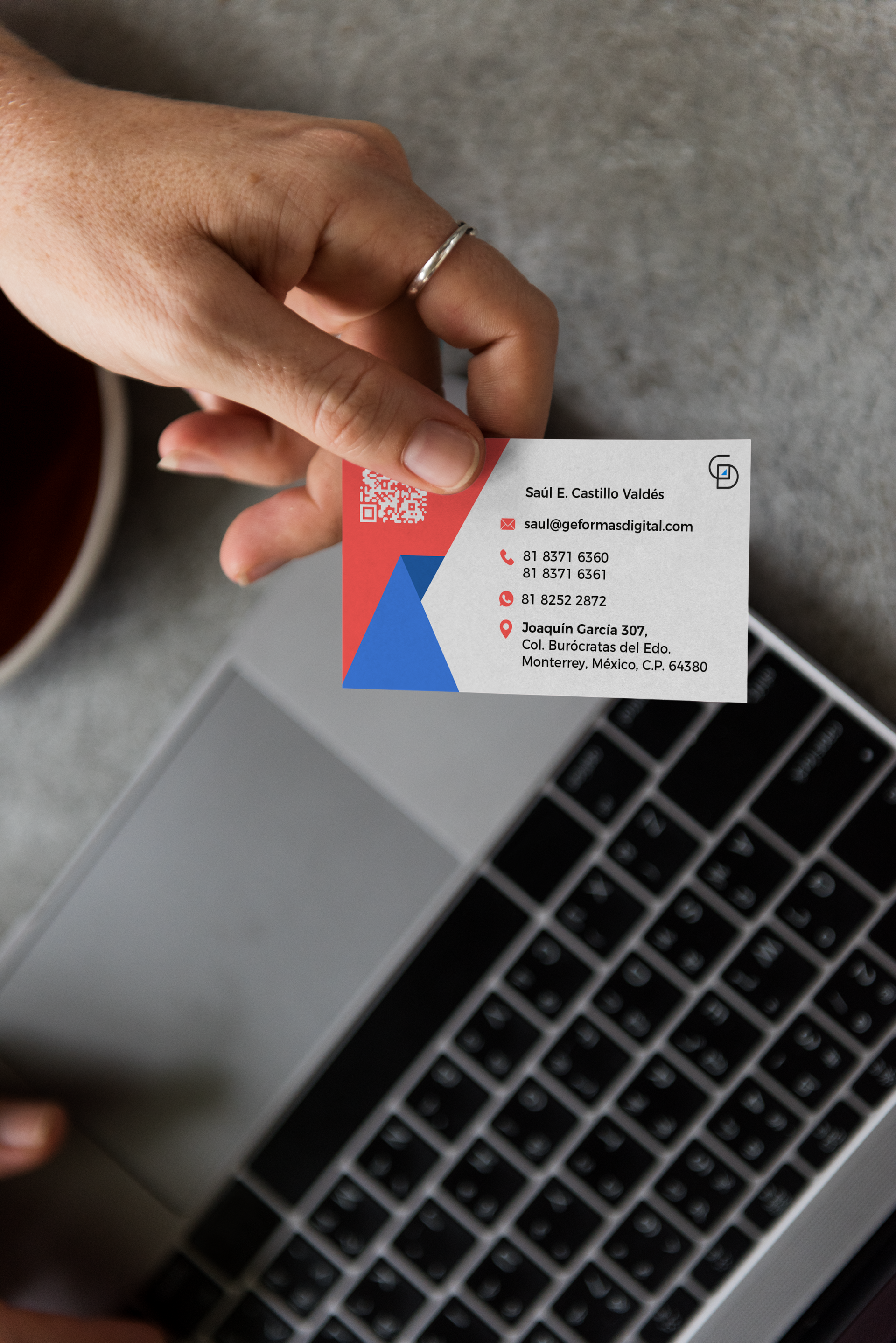How to make an email marketing strategy
Prepare your email marketing strategy for success with the right planning and structure. Learn all the important points to design a strategy that pays off.

Email marketing is one of the most effective strategies in digital marketing. You could say that not profiting of this lead tracking and nurturing format would be a total waste. So, to implement a successful strategy, what do we need?
Being a highly customizable medium, we can not leave anything to chance. Every point of your marketing strategy should be planned and stick to the purpose of the campaign. Below we give you all the details you'll need to build a successful email marketing strategy.
Begin with setting goals.
To set good campaign goals, you need to gather information about your context. This means doing some research on average email statistics in your industry, to get a benchmark.
Once you have this Information, be sure to set goals that are challenging, but in a workable way.
Remember that your goals should also be linked to your overall marketing campaign.
It is at this point that we laid the foundation for success for our campaign. If you have a solid structure with clear and achievable goals, the rest of our campaign will be on track for success.
Create a mailing list
Once everything is in motion, an email marketing campaign is effective with a contact list that integrates interested users. Keep in mind that the best (and most common) way to acquire emails is with methods that involve the user offering voluntary authorization.
Giving your data to a company is not something that happens easily. Nowadays users are way more careful of their email, so they will only share it with pages that are reliable, that offer relevant content and that arouse their interest.
So, how do we create a list like that? First of all, we need to offer different ways and forms for prospects to subscribe to our contact list. A quality list starts small, so it's normal to have a few subscribers at the beginning. To achieve organic growth, we advise you to treat each user and lead as personally as possible.
Choose the campaign type you will us
There are different types of email marketing campaigns, from weekly newsletters and product announcements to sharing the most relevant blog posts on your site. Your starting point for choosing the ideal campaign is to think about your audience.
Depending on the characteristics of your subscribers, you will be able to set the campaign that best suits you, it is even possible to create several lists for different types of email campaigns. This allows you to offer relevant content to different types of users.
Some examples of email marketing campaigns are:
- Newsletters: the preferred type to start with. Newsletters are sent to the whole contact base. This type in particular offers a wide variety of content to the user.
- Promotional campaigns: This type of campaign is not limited to sharing and advertising promotions and products. Promotional campaigns focus on promoting an offer, which can also be that of free content.
- Transactional emails: this type includes purchase confirmation emails, password recovery emails, as well as sending material and educational content.
Choose an email service provider
A very important point in digital marketing is to maintain a good reputation. This is not only about having good customer service and a quality product, but it extends to the domain of your website and in this case the reputation of your email service provider.
A bad reputation on the part of the provider can affect your delivery ability, be sure to use trusted companies that have authority and trust from the user.
An additional tip is to avoid no-reply addresses, as users usually classify them as spam, taking all your efforts to oblivion for a single detail.
Implement your campaign
Once you've decided on the type of email marketing strategy you're going to use and the content you're going to share, it only remains to establish the frequency at which you'll send your emails.
Information about the frequency of your emails is key to setting expectations and building trust with your audience. Establishing a consistent program (and following it of course) will also assure the user that you are a consistent information source.
Analyze the results
No part of digital marketing is complete without results analysis. All campaigns that complement digital marketing, including email, should produce data and metrics that can help you monitor the success of your actions.
If you want to improve and find out if your goals are being met, it is necessary to closely follow the results obtained. Each key metric is valuable, allowing you to make changes (small or large) to your emails.
As a result, you'll be able to fine-tune the content you send and achieve better results. This type of information is called “key performance indicators (KPIs)”.
A good email marketing strategy leaves nothing to chance. From subscriber identification and content to the structure of your emails, everything should be responsive to your goals and ultimately monitored in your results.
All this requires is a complete management and global knowledge of your overall digital marketing plan, the vision of your company, the user and of course, the platform on which you share your content.















